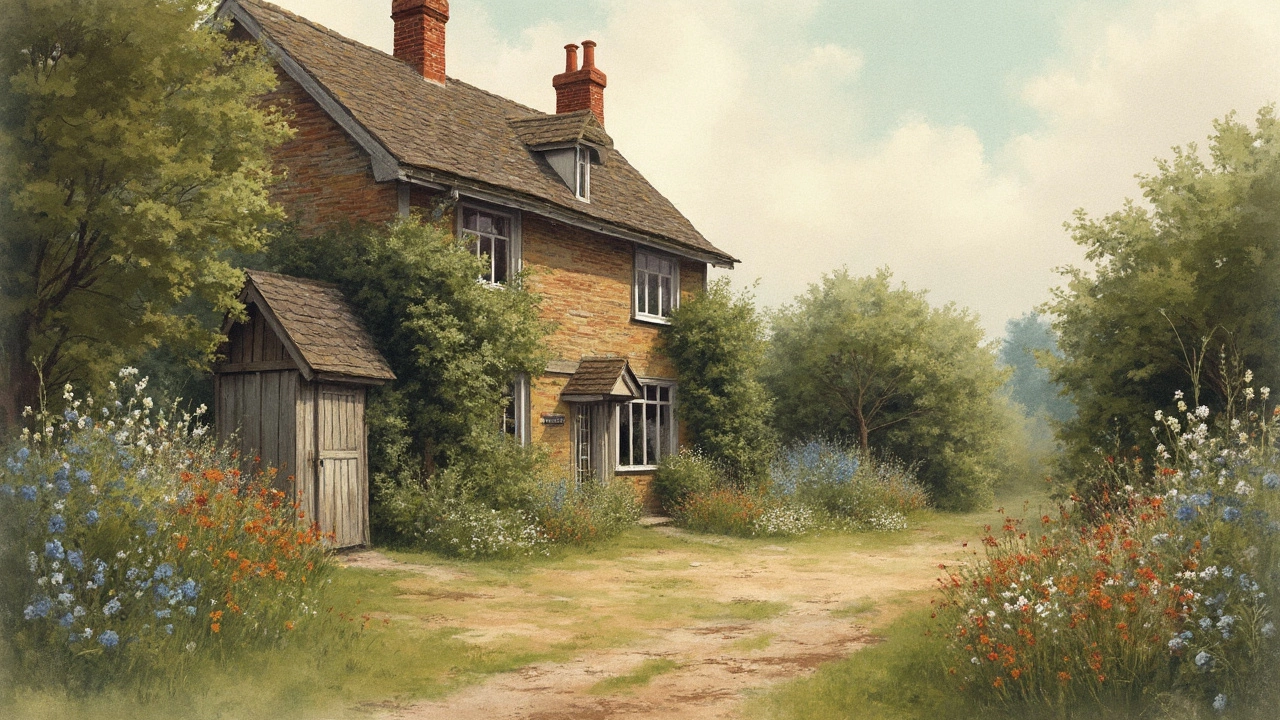Outdoor Toilets: How to Choose, Install, and Keep Them Working
Thinking about a toilet that lives outside the house? Maybe you have a cabin, a garden party space, or a campsite that needs a proper loo. An outdoor toilet doesn’t have to be an eyesore or a headache. With the right plan, you can have a clean, private spot that blends with nature and lasts for years.
Pick the Right Type for Your needs
First, decide what kind of toilet fits your situation. The most common choices are:
- Traditional pour‑flush: Connects to a septic tank or a small underground tank. It feels like a regular indoor toilet but needs a water source.
- Composting toilet: Uses natural processes to break down waste. No water, low maintenance, and great for eco‑friendly gardens.
- Portable chemical toilet: Ideal for temporary setups like festivals or weekend cabins. Comes with a sealed waste tank that you empty later.
Ask yourself three questions: How often will it be used? Do you have a water line nearby? Do you want a low‑maintenance, green option? Your answers will point you to the best model.
Location, Privacy and Durability
Where you place the toilet matters for comfort and longevity. Pick a spot that’s level, has good drainage, and stays out of direct sunlight if possible – heat speeds up wear. A small pergola, a lattice fence, or a tall shrub can give you the privacy you need without blocking airflow.
Think about the ground beneath the toilet. Concrete pads, stone slabs or a compacted gravel base keep the unit steady and protect it from moisture. If you go with a composting toilet, a raised platform helps keep the unit dry and makes emptying easier.
Don’t forget local rules. Some councils require a permit for permanent outdoor toilets, especially if they connect to septic systems. A quick phone call can save you a costly retrofit later.
Maintenance is straightforward when you start right. For pour‑flush units, check the seal on the tank lid every few months and keep the vent pipe clear. Composting toilets need a bin of carbon material – sawdust or shredded newspaper – to balance moisture. Stir the compost every week to avoid odors.
Portable chemical toilets are the simplest: just swap the waste tank when it’s full. Keep a spare tank and a set of cleaning wipes nearby so you can service the unit quickly.
Finally, add a few comfort touches. A small shelf for toilet paper, a hand‑washing station with a foot‑pump, and a soft light for evenings make the outdoor bathroom feel welcoming. A simple sign saying “Please keep clean” encourages good habits for guests.
With these steps, an outdoor toilet becomes a practical part of your property rather than a chore. Choose the right type, site it smartly, and follow a quick maintenance routine – and you’ll have a reliable, private loo that fits right into your garden or campsite.
Why Do Old Houses Have Toilets Outside? Exploring Historical Wardrobe Choices
The peculiar placement of toilets outside old houses raises questions about past lifestyles and practicalities. Discover the reasons behind this architectural choice, including sanitation practices, historical construction methods, and climate influences. Learn how these factors affected wardrobe design in historical homes, and get tips on maintaining these unique features. The article provides insights into the practical and cultural aspects of outside toilets in historical contexts.
More
